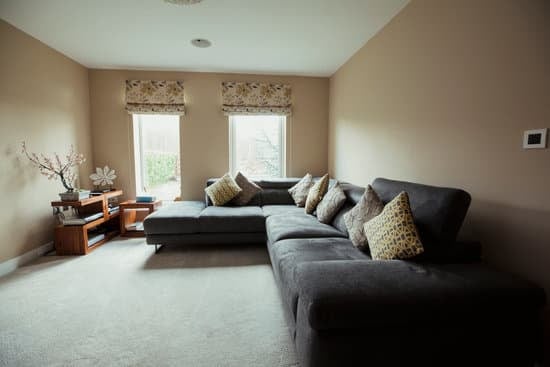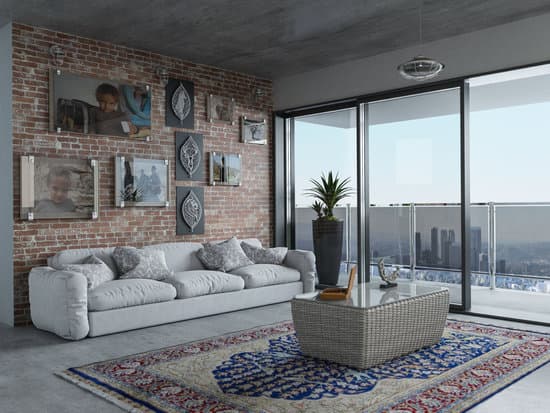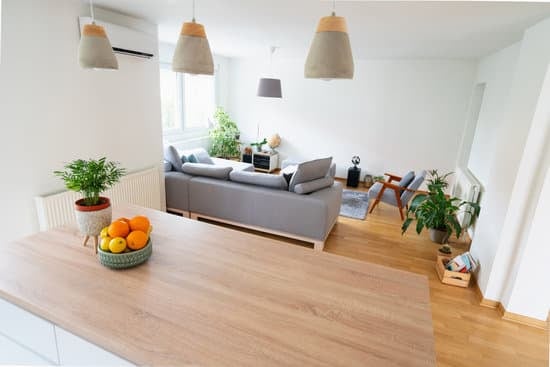In the not-too-distant future, technology will continue to revolutionize the way that interior designers create and conceptualize their designs. Here are a few ways in which technology will change interior design:
Virtual and Augmented Reality: Interior designers make use of virtual and augmented reality to create stunning 3D models. This technology allows them to easily imagine a room or space without the need to physically construct it. With VR and AR, interior designers can provide their clients with a realistic and immersive experience of their designs.
3D Printing: 3D printing technology has come a long way in recent years. With it, interior designers can create custom-made furniture, accessories, and even decorative elements. This technology will allow designers to create one-of-a-kind designs that cater to their clients’ unique tastes and preferences.
Smart Home Technology: With the rise of smart home technology, interior designers will be able to integrate smart features into their designs. Smart home technology includes things like connected lighting, temperature regulation, and security systems. Interior designers will need to stay up-to-date with the latest trends in smart home technology to provide their clients with the best possible designs.
Artificial Intelligence: Artificial intelligence (AI) is already impacting many industries, including interior design. AI will be able to help interior designers make more informed decisions about color schemes, furniture placement, and overall aesthetics. AI programs can analyze the client’s preferences and provide suggestions based on their taste and style.
Overall, technology will continue to have a profound impact on interior design in the future. Interior designers who embrace these new technologies and stay ahead of the curve will be best positioned to provide their clients with cutting-edge designs that meet their needs and exceed their expectations.





















